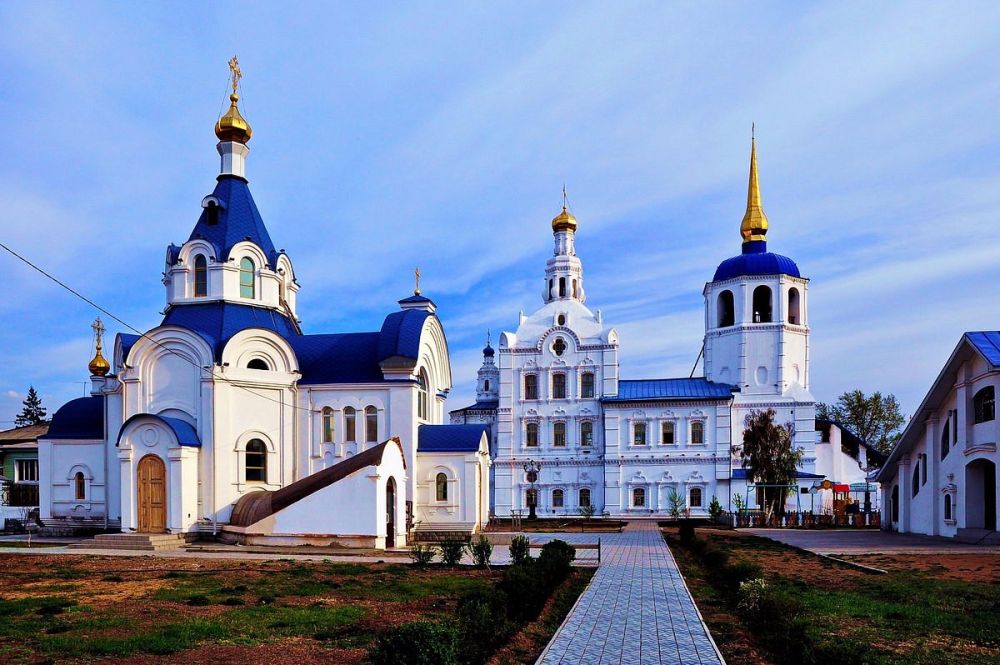

Located in the heart of the Siberian city of Ulan-Ude, Odigitrievsky Cathedral is a testament to the rich spiritual and architectural traditions of Russia. This cathedral has played a significant role in the city's history, from its religious practices to becoming an important tourist attraction.
The cathedral's construction began in 1785 and was completed in 1797, under the patronage of the merchant guilds of Ulan-Ude. Named after Saint George (Odigitria being one of his icons), it is a classical example of Siberian Baroque architecture.
During the Soviet era, the cathedral was closed and repurposed, experiencing a period of neglect and loss of religious art. However, the 1990s marked a turning point, with the restoration of the cathedral and its eventual reopening for services in 1991, coinciding with the revival of the Russian Orthodox Church.
After the disintegration of the Soviet Union, Russia experienced a significant upsurge in tourism. Religious and cultural tourism began to bloom, with the Odigitrievsky Cathedral gaining prominence as a key destination for tourists visiting Ulan-Ude.
The cathedral's unique architectural style and its place in the spiritual life of the region have made it a focal point for those seeking to understand the cultural and historical context of Eastern Siberia. The site has been carefully maintained and promoted by local authorities, recognizing its appeal to both domestic and international tourists.
The latest trends in tourism have seen a shift towards experience-based travel. Visitors to the Odigitrievsky Cathedral now often seek immersive experiences, combining their visit with other regional attractions such as the Ivolginsky Datsan, the Ethnographic Museum of the Peoples of Transbaikal, and the stunning landscapes of Siberia.
Additionally, there is a growing interest in ecotourism and sustainable travel practices. This is influencing how attractions like the Odigitrievsky Cathedral are presented and preserved, ensuring that they remain vibrant pieces of living history while fostering a respectful approach to tourism that benefits the local community and environment.
Today, visitors to the Odigitrievsky Cathedral can appreciate not only its architectural grandeur but also participate in religious services, if they choose. The cathedral stands not just as a historical monument, but also as a vibrant center of faith and community life, attracting those interested in the continuing traditions of Russian Orthodoxy.
The cathedral's setting in Ulan-Ude also allows tourists to explore the unique Buryat culture, which adds another layer of richness to the region's attraction. The blend of Russian and Buryat influences is most palpable during local festivals and public holidays when the cathedral and its surroundings come alive with color and tradition.